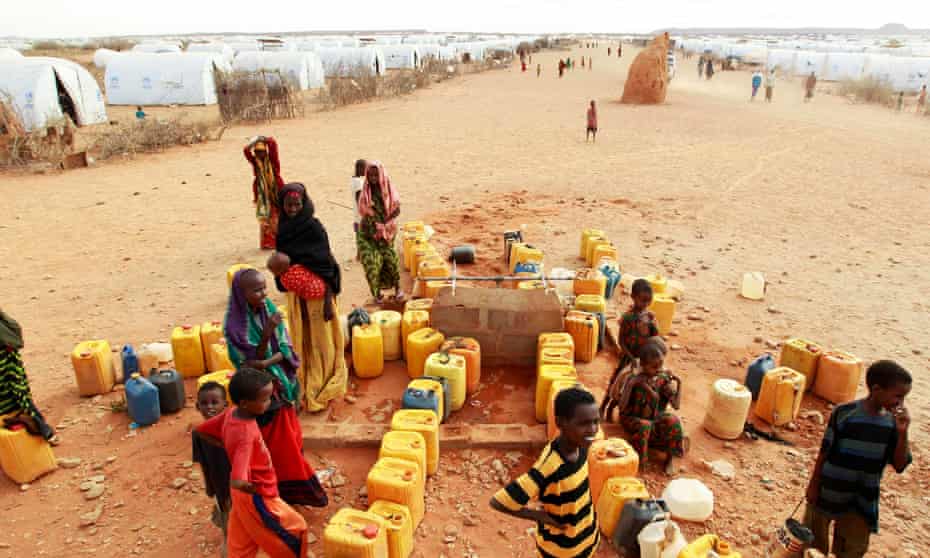
UNITED NATIONS, April 9 (NNN-Xinhua) — A UN spokesperson said that some 6 million people in Somalia are likely to face crisis or worse food insecurity from April to June this year.
“The latest famine projections indicate that more than 6 million people are likely to face crisis or worse food insecurity from April through June of this year,” Stephane Dujarric, spokesperson for Secretary-General Antonio Guterres, told a regular briefing with journalists.
The spokesman noted that Somalia now “faces a risk of famine in six areas” through June if the rainy season from April to June fails, as it is predicted; if food prices continue to rise; and if humanitarian assistance is not scaled up to reach the most vulnerable populations.
However, as of April 7, the 2022 Humanitarian Response Plan, which calls for nearly 1.5 billion U.S. dollars to help 5.5 million men, women and children of the most vulnerable Somalis remained significantly underfunded, at just 4.4 percent.
“The drought is worsening across the country. An estimated 4.9 million people across Somalia have been affected, including more than 719,000 internally displaced people. Acute food insecurity has increased significantly since the beginning of the year,” he said.
Dujarric said that livestock deaths and disease outbreaks are widespread, while up to 80 percent of the water sources in the country are drying up and the water levels of the Shabelle and Juba Rivers are below historic levels.
On other fronts, he said that insecurity, conflicts, and unresolved political tensions continue to disrupt livelihoods, market access, and increase displacement, adding that humanitarian aid must be increased to prevent extreme food insecurity and malnutrition, including the risk of famine.
Dujarric underscored that the current famine is happening against the backdrop of one of the most severe La Nina-induced droughts in recent memory in the Horn of Africa, following three poor back-to-back rainy seasons. — NNN-XINHUA





